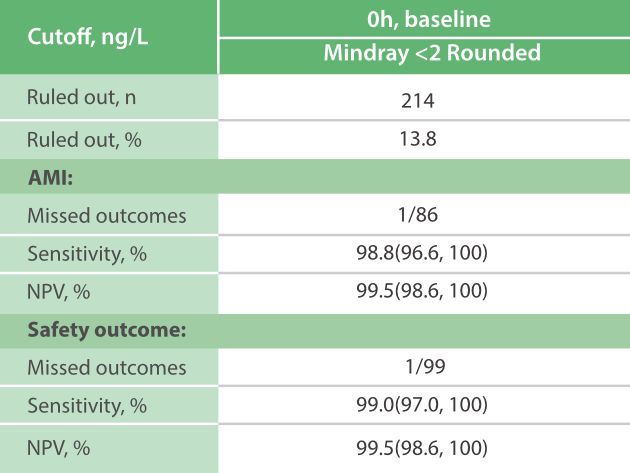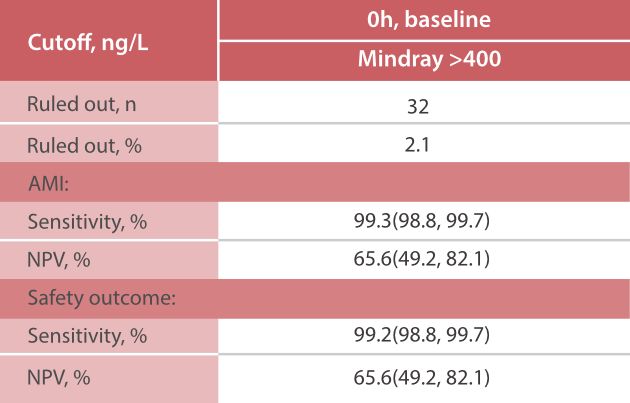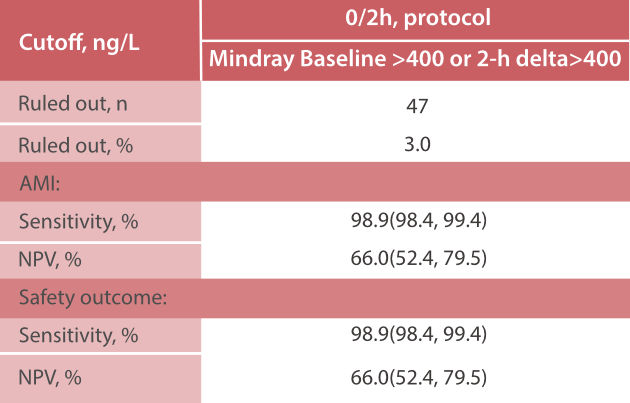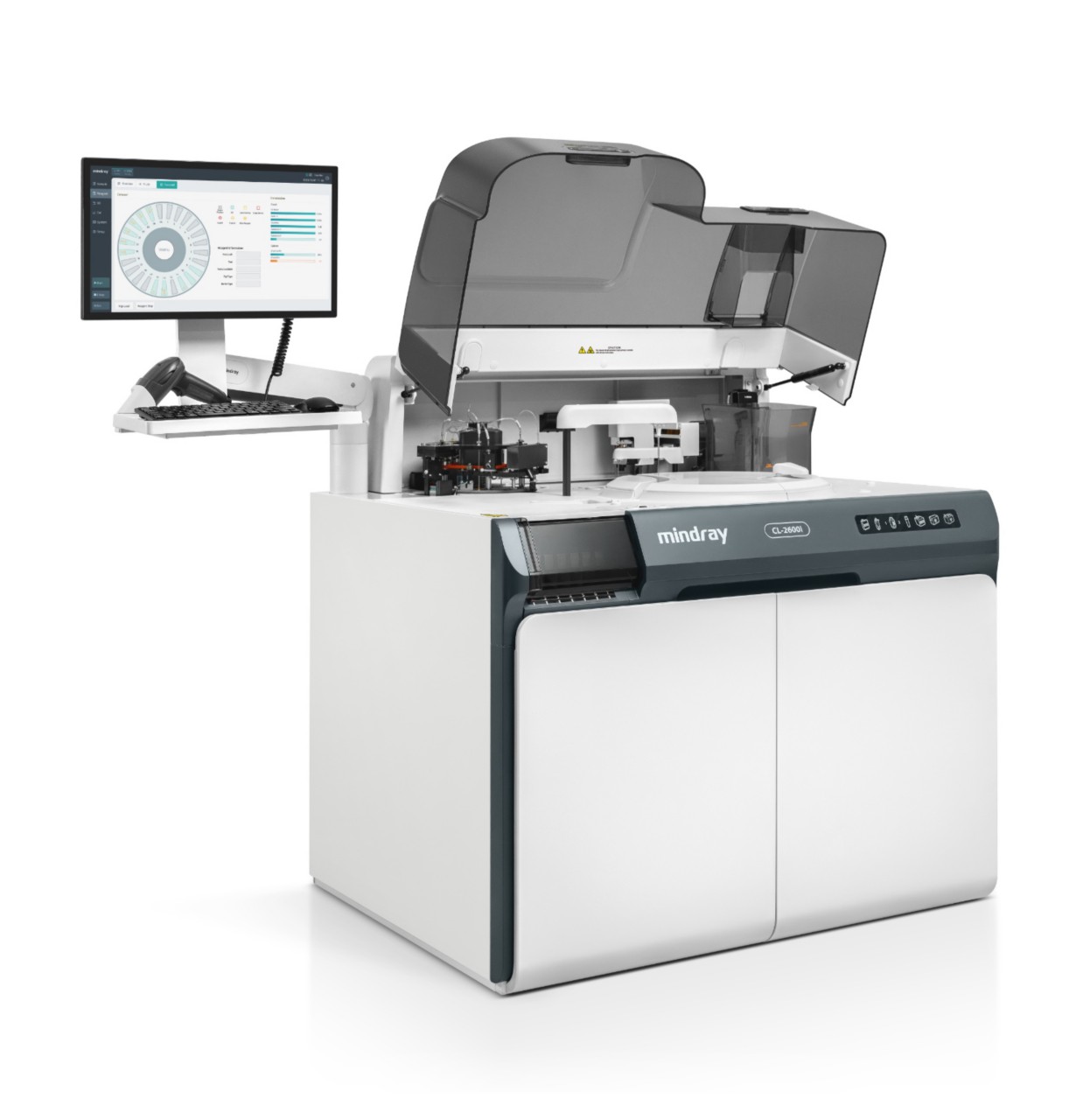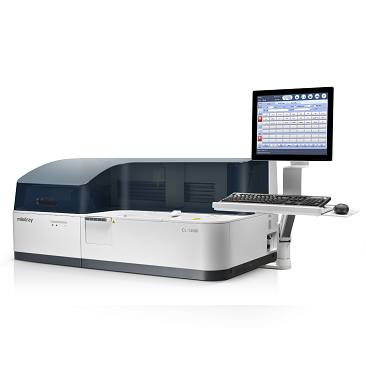Reaching New Heights in Cardiac Diagnostics: 0/2h Rapid Triage Protocol with Mindray hs-cTnI Established by the World-Leading Expert
2025-06-11
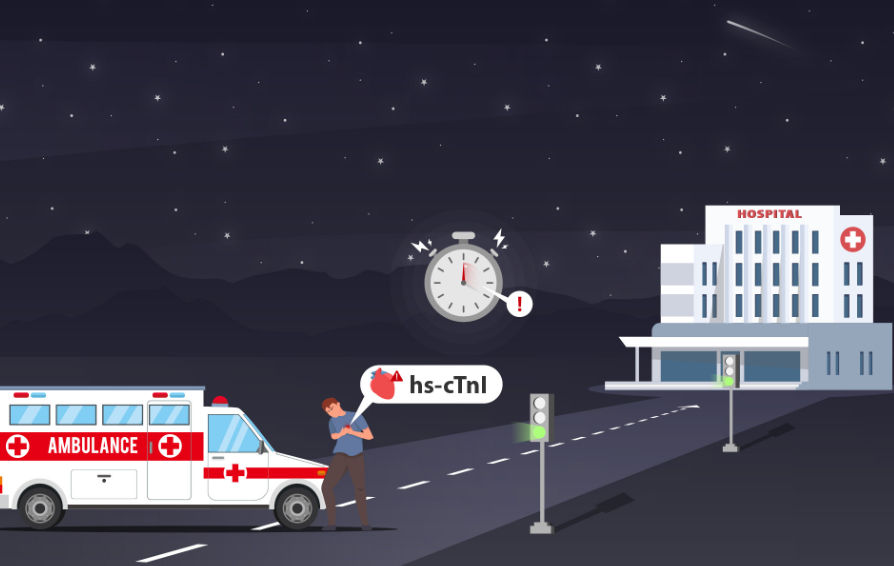
Introduction
The diagnosis and reperfusion therapy for non-ST-segment elevation myocardial infarction (NSTEMI) are often delayed due to subtle electrocardiogram (ECG) findings and atypical symptoms. This delay can significantly impact the prognosis of patients presenting to emergency departments with heart attack symptoms. High-sensitivity troponin (hs-cTn) offers enhanced sensitivity, making it particularly valuable for ruling out NSTEMI.
Recently, Professor Fred S. Apple, a world-renowned expert in cardiac troponin, and his team published a study in Clinical Chemistry and Laboratory Medicine. The research focused on the diagnostic performance of Mindray's high-sensitivity cardiac troponin (hs-cTnI) using a 0/2h protocol to rule in or rule out acute myocardial infarction (AMI). This study verified the accuracy and safety of the algorithm, leading to shorter emergency department stays, reduced costs, and decreased diagnostic uncertainty.

Establishing a 0/2h rapid triage protocol
The study enrolled 1,556 patients who met the rule-in and rule-out criteria. Most of them sought medical treatment within less than 2 hours (27.8%) of or 5 hours (58.5%) after symptom onset. Relatively high proportions of the patients had hyperlipidemia (45.8%), diabetes (30.7%), and renal insufficiency (19.4%). 5.4% were diagnosed with type 1 or type 2 myocardial infarction (MI) and 21.5% confirmed to have non-MI myocardial injury. The patients underwent a baseline hs-cTnI measurement at presentation (0h), an additional hs-cTnI measurement at 2h, and at least one 12-lead ECG. In the research findings, the rule-out threshold was first established based on a negative predictive value (NPV) ≥ 99.5% and considering the requirement for maximized sensitivity. The optimal cutoff value for ruling in AMI was taken as the rule-in threshold, including the baseline hs-cTnI value or the absolute value of 2h delta, to achieve the highest positive predictive value (PPV) and specificity.
ESC 0/2h rapid triage protocol
According to the ESC guidelines, the thresholds (in ng/L) of Mindray's hs-cTnI 0/2 h rapid triage protocol were determined to be Very low-2, Low-15, No 2h∆-5, High-400, and 2h∆-400.
The thresholds for ruling out AMI included: 2 ng/L at 0h, which ruled out 13.8% of patients, with a sensitivity of 98.8% and an NPV of 99.5%, and < 15 ng/L at 0h plus a 0/2h delta of < 5 ng/L, which ruled out 42.8% of patients, with a sensitivity of 100% and an NPV of 100%.
The thresholds for ruling in AMI included: 400 ng/L at 0h, which ruled in 2.1% of patients, with a specificity of 99.3% and a PPV of 65.6%, and a 0/2h delta of ≥ 400 ng/L. The AMI rule-in algorithm demonstrated an overall specificity of 98.9% and an overall PPV of 66.0%.
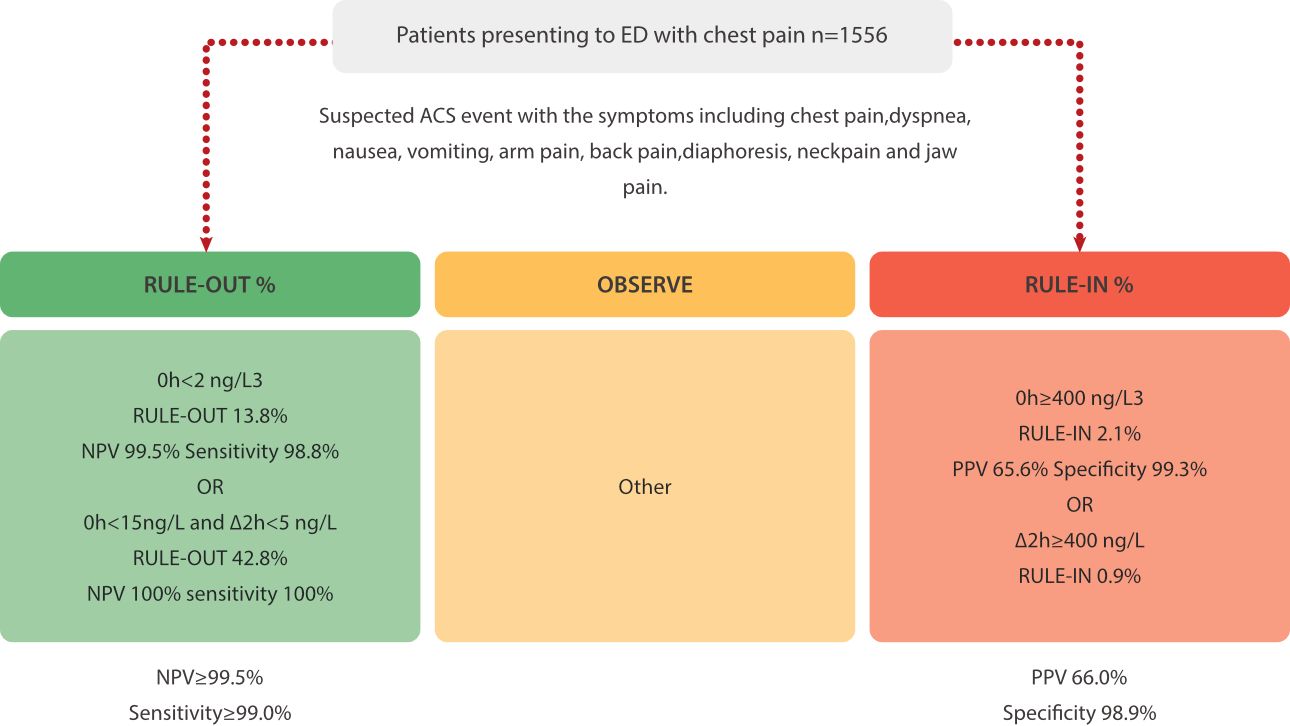
Accuracy and safety of 99th URL AMI rule-out
Professor Fred S. Apple and his team also published another article in Clinical Chemistry and Laboratory Medicine, which examined the accuracy and safety of Mindray hs-cTnI in diagnosing AMI using 99th percentile upper reference limits (URLs). Using the package insert 99th percentile URLs, 31 ng/L for males and 15 ng/L for females: measurements < 99th percentile URLs at 0h could rule out 75% of patients, with a sensitivity of 83.7% and an NPV of 98.8%. Measurements < 99th percentile URLs at both 0h and 2h could rule out 72% of patients, with a sensitivity of 95.3% and an NPV of 99.6%.
| Mindray CL-1200i | Ruled out, n | Ruled out, % | Missed, n | Sensitivity | NPV |
|---|---|---|---|---|---|
| Overall Package insert 0h | 1167 | 75% | 14/86 | 83.7 (75.9, 91.5) | 98.8 (98.2, 99.4) |
| Package insert 0/2h | 1113 | 72% | 4/86 | 95.3 (90.9, 99.8) | 99.6 (99.3, 100.0) |
Conclusions
Mindray's hs-cTnI enhances early detection of AMI, enabling safe and accurate ruling out of the condition. By implementing 0h and 0/2h rapid triage protocols, we can significantly alleviate pressure on emergency rooms, improve hospital efficiency, and provide faster diagnoses and treatments to patients. This innovation not only minimizes the risks associated with myocardial infarction but also contributes to saving lives.
References
[1] 中国医师协会检验医师分会心血管专家委员会. 心肌肌钙蛋白实验室检测与临床应用中国专家共识[J]. 中华医学杂志, 2021, 101(37):2947-2961.
[2] Buda, Kevin G., Sandoval, Yader, Smith, Stephen W., Wagner, Barrett, Schulz, Karen, Sexter, Anne and Apple, Fred S. "Novel Mindray high sensitivity cardiac troponin I assay for single sample and 0/2-hour rule out of myocardial infarction: MERITnI study" Clinical Chemistry and Laboratory Medicine (CCLM), 2025. https://doi.org/10.1515/cclm-2024-1387.
[3] Apple, Fred S., Buda, Kevin G., Wagner, Barrett P., Sexter, Anne, Sandoval, Yader, Smith, Stephen W., Meyer, Kylie, Ladd, Alanna, Worrell, Kathryn, Brown, Hannah M. and Schulz, Karen M.. "Diagnostic performance of Mindray CL1200i high sensitivity cardiac troponin I assay compared to Abbott Alinity cardiac troponin I assay for the diagnosis of type 1 and 2 acute myocardial infarction in females and males: MERITnI study" Clinical Chemistry and Laboratory Medicine (CCLM), 2025. https://doi.org/10.1515/cclm-2024-1373
